Posted in
Restaurants, Design, Interior DesignLocation
Telephone
+33 1 48 87 88 24Interior Designer
Maud BuryVisit Website
anahirestaurant.fr| Detailed Information | |||||
|---|---|---|---|---|---|
| Posted in | Restaurants, Design, Interior Design | Location |
France
| Telephone | +33 1 48 87 88 24 |
| [email protected] | Interior Designer | Maud Bury | Visit Website | anahirestaurant.fr | |
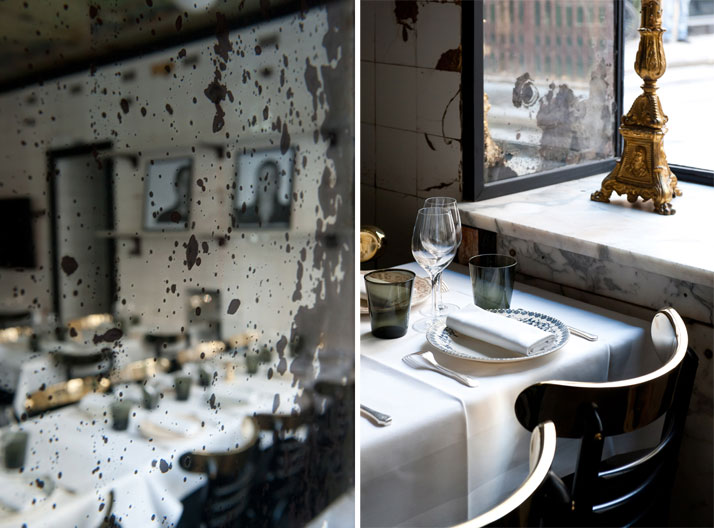
photo by Alexandre & Emilie {Persona production} for Yatzer.
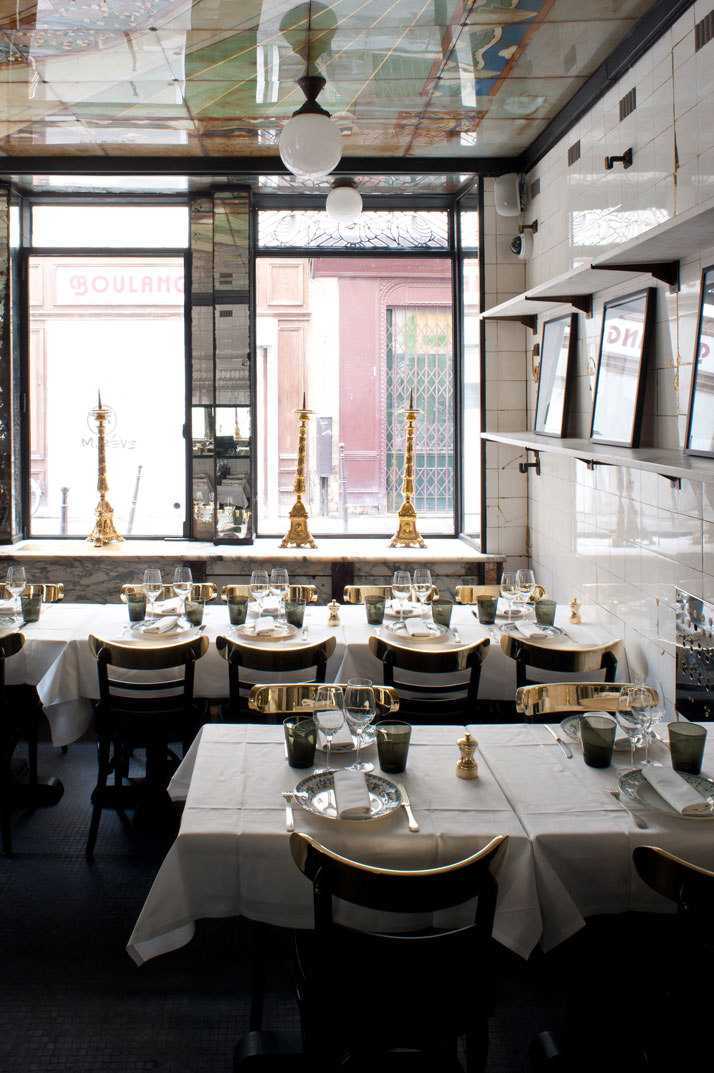
photo by Alexandre & Emilie {Persona production} for Yatzer.
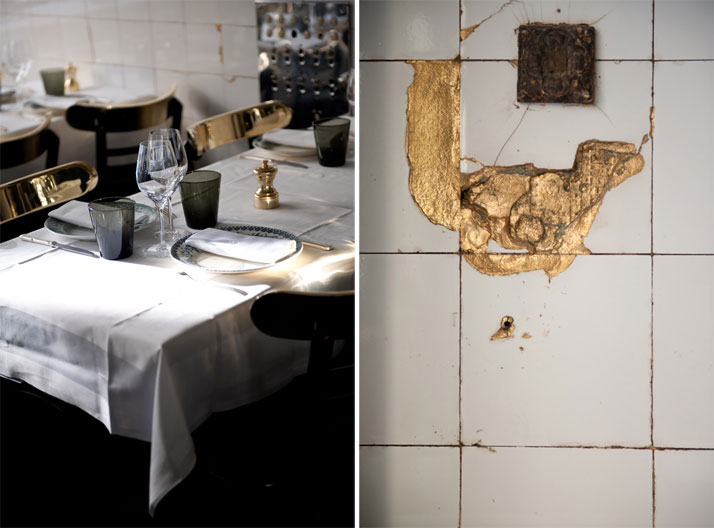
photo by Alexandre & Emilie {Persona production} for Yatzer.
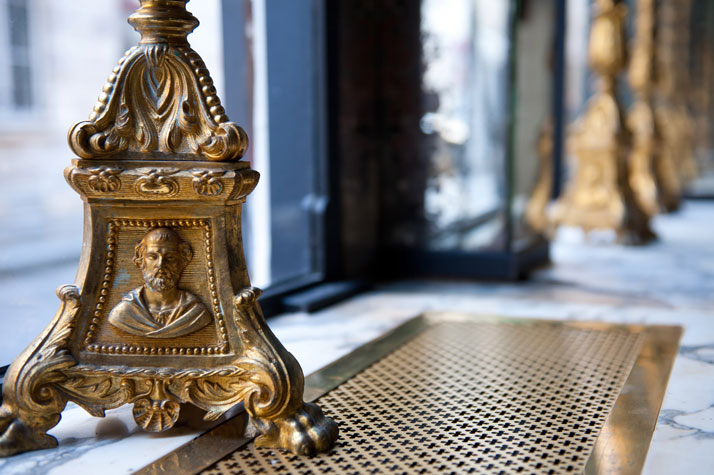
photo by Alexandre & Emilie {Persona production} for Yatzer.
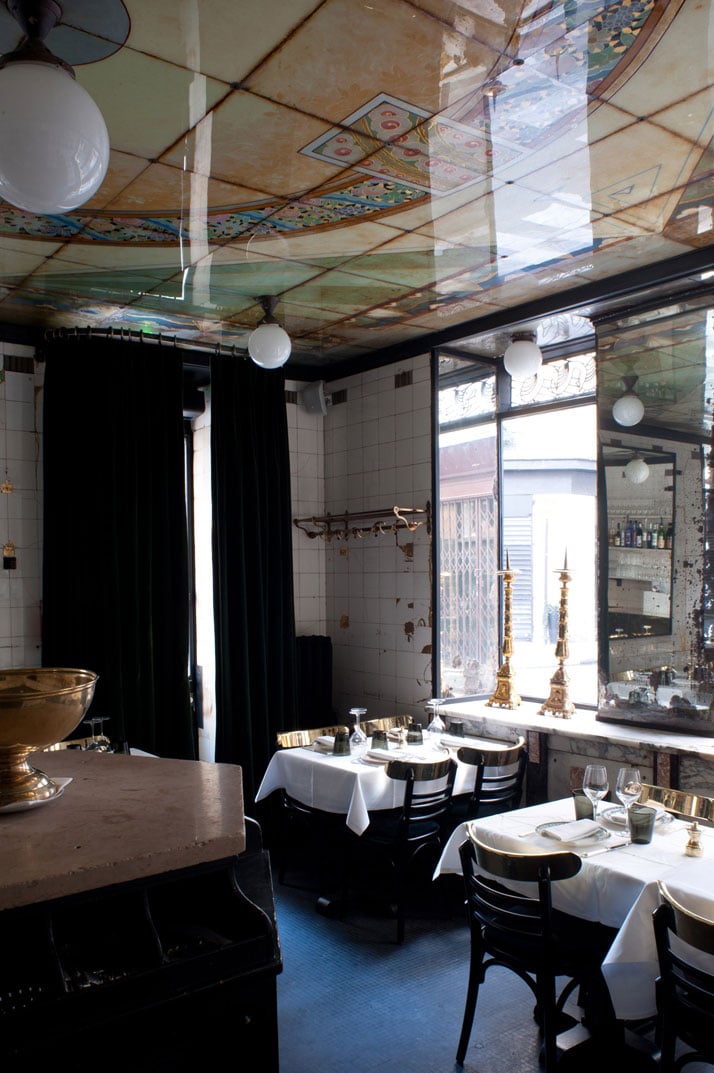
photo by Alexandre & Emilie {Persona production} for Yatzer.
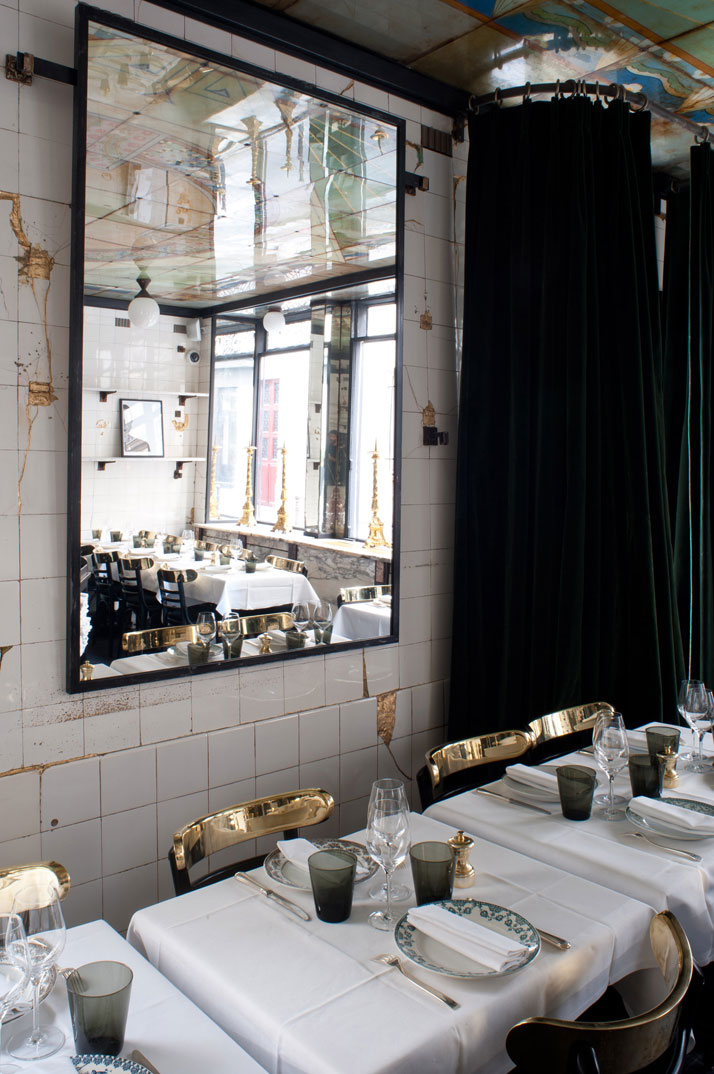
photo by Alexandre & Emilie {Persona production} for Yatzer.
The former charcuterie built at the turn of the 20th century features a unique Art Deco style ceiling and a discreet fresco along the tops of the windows. The walls are lined with white ceramic tiles cut like those of a butcher’s and the space is split in two. What’s special about it is its soul - its soul and the discreet touches by Barcelona-based designer Maud Bury who was brought in to add to the already warm and cosy atmosphere that can now count chic as part of its repertoire.
Carmina and Pilar’s restaurant remains almost the same as in the old days – even the cracked tiles haven’t changed. However, Bury has used copper leaf, which in time will oxidise to give a more subdued effect, grout to fill the cracks, which ties in nicely with the solid bronze-backed chairs. Open only at night, this romantic 54-cover lair serving Argentinian food is almost completely candle-lit with the reflective surfaces on the chairs magnifying the golden glow of the tiny flames on each bistro table.
In the second space Maud Bury, whose style draws parallels with Philippe Starck’s whom she worked alongside for nine years, she has replaced the white tiles with solid brass tiles where the oversized bulbous ceiling lighting, from which emanates a murky gold, picks out the mock gold leg of jamon and other meats hanging on the back wall. The result is a surprising muted bling factor and a heightened subdued chic. Further to the décor, lining the windows are five tall gold church candelabras, which further accentuate the gold touches in the décor, reinforce the restaurant’s Argentinian identity and add a slightly spooky but quirky bric-à-brac edge to the space.
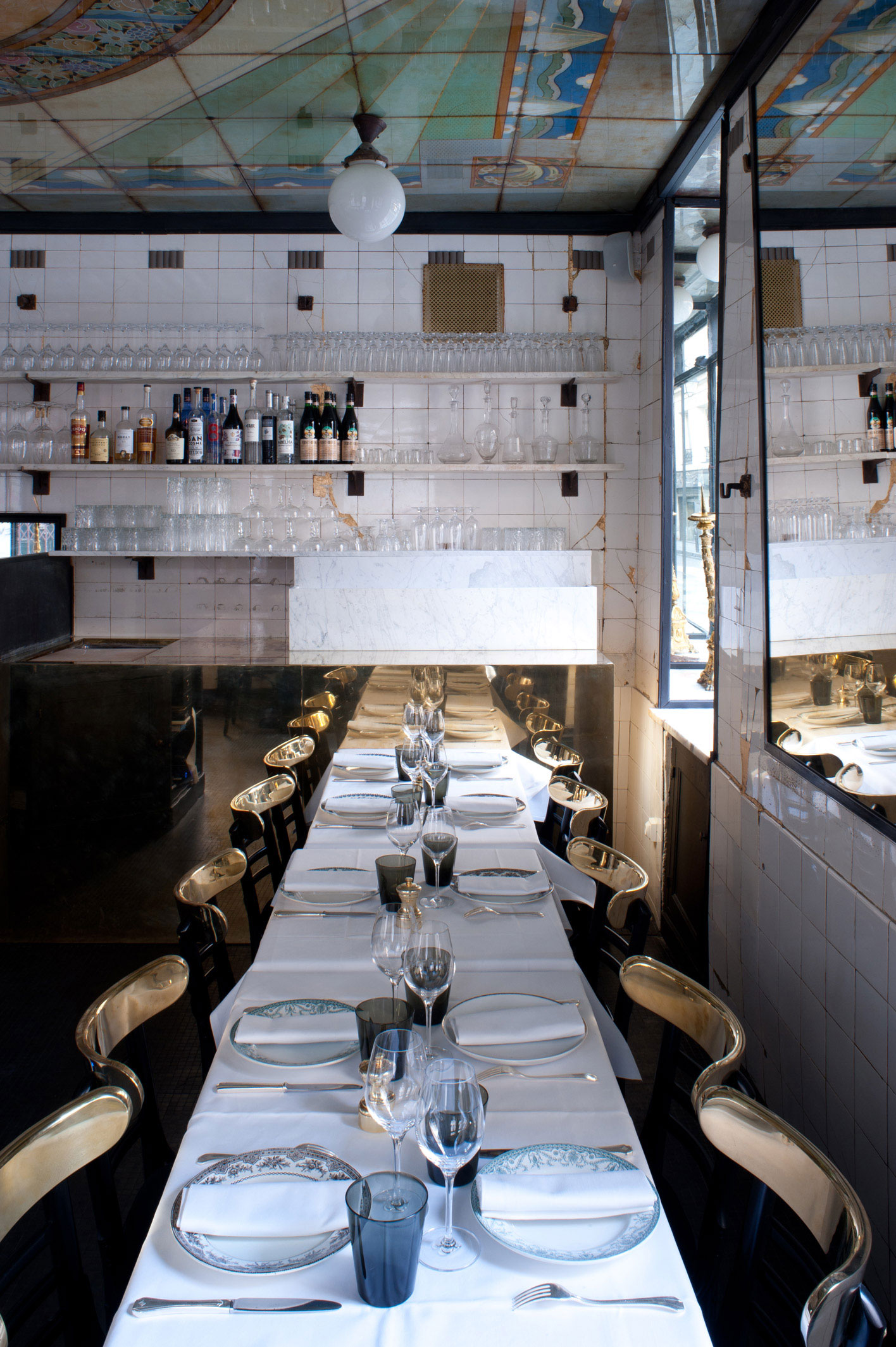
photo by Alexandre & Emilie {Persona production} for Yatzer.
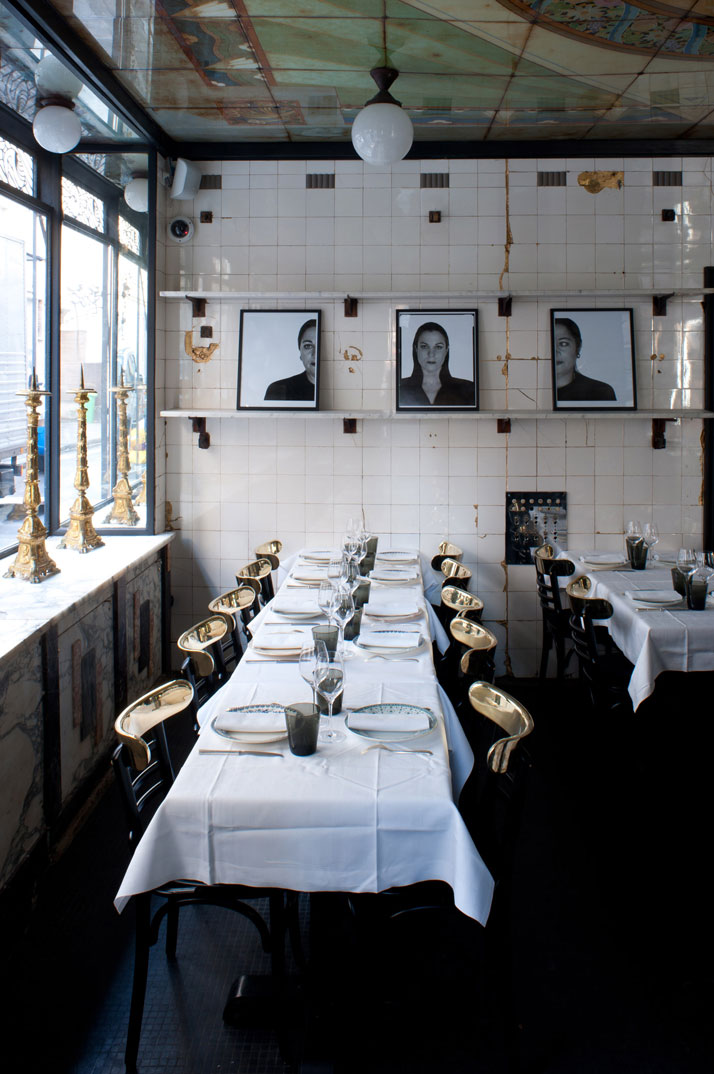
photo by Alexandre & Emilie {Persona production} for Yatzer.
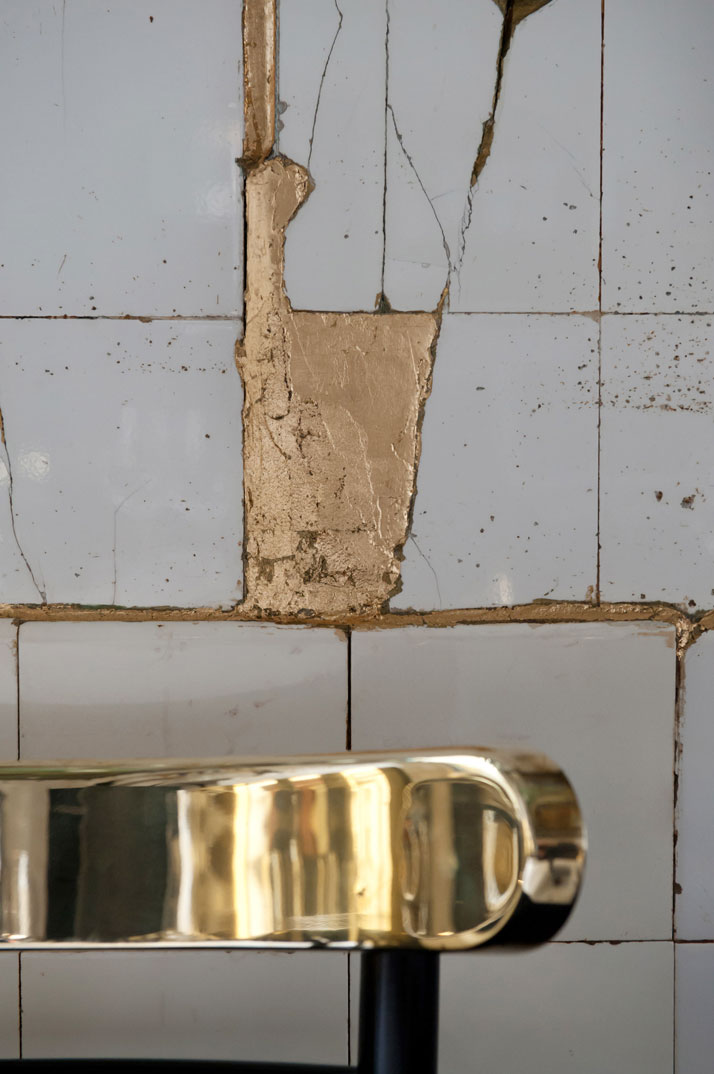
photo by Alexandre & Emilie {Persona production} for Yatzer.
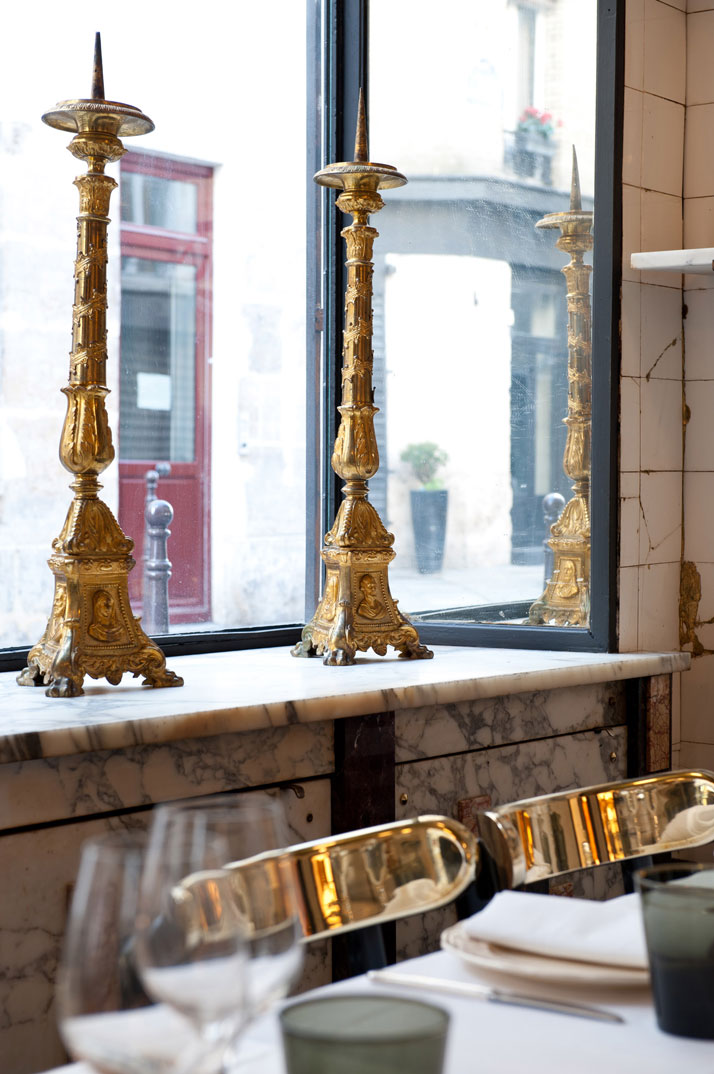
photo by Alexandre & Emilie {Persona production} for Yatzer.

photo by Alexandre & Emilie {Persona production} for Yatzer.
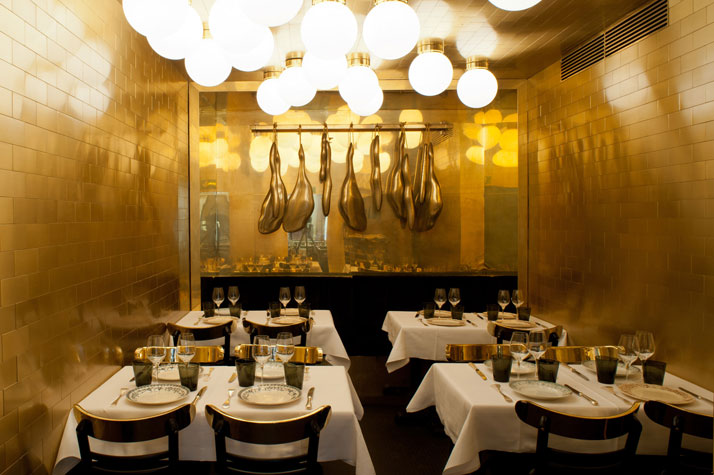
photo by Alexandre & Emilie {Persona production} for Yatzer.
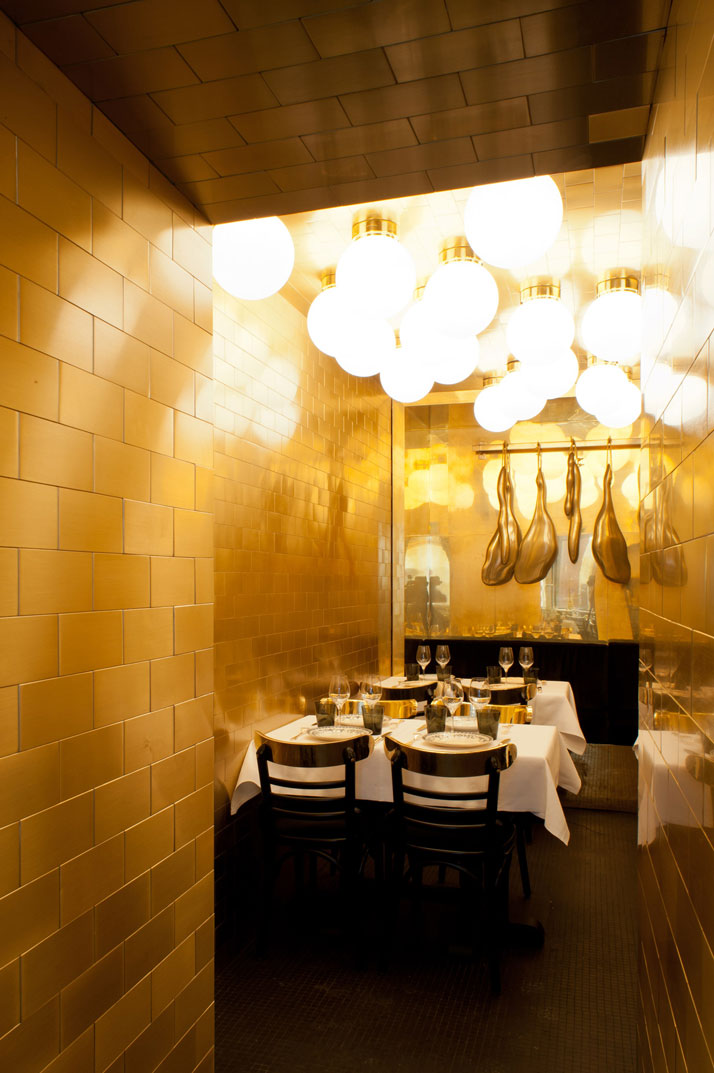
photo by Alexandre & Emilie {Persona production} for Yatzer.
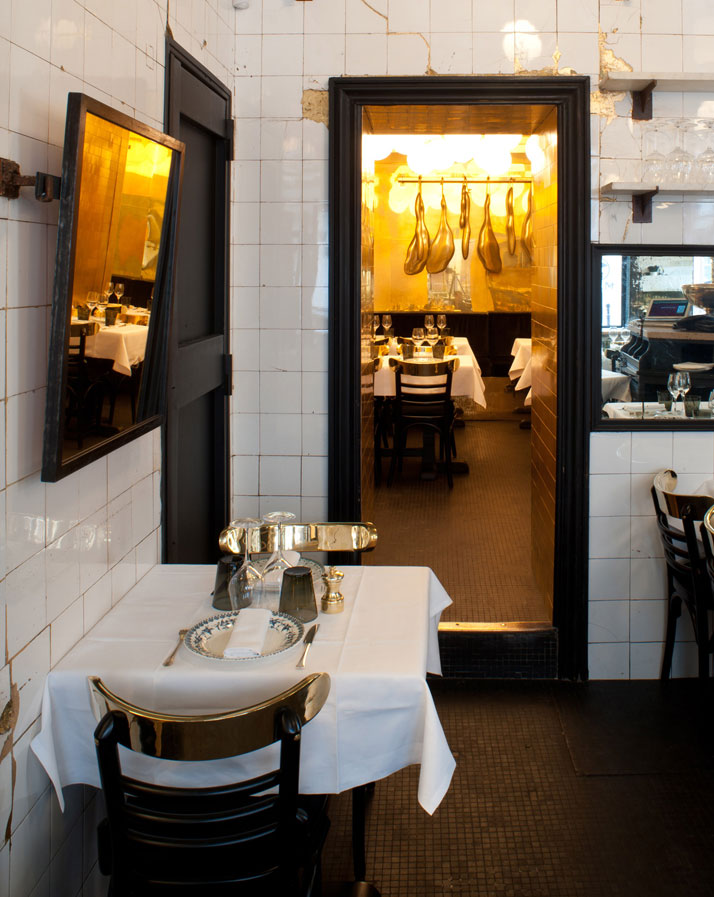
photo by Alexandre & Emilie {Persona production} for Yatzer.
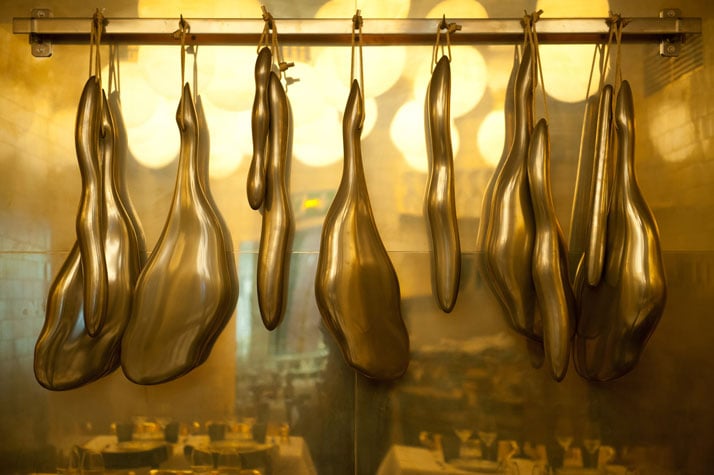
photo by Alexandre & Emilie {Persona production} for Yatzer.
Manned by Olivier, who lived a good part of his life in Mexico, out front and Argentinian chef Osvaldo Lupis in the pocket-sized kitchen in the back, the ambiance is light, fun and heart warming - just what you need on a cold winter’s evening in a city renowned for its hostile service. In the kitchen, there’s just enough space for the team and for a Josper charcoal oven that’s just as good at roasting vegetables and meat as an open fire at an Estancia in the Patagonian wilderness.
Although it continues to serve Argentinian fare, Anahi’s philosophy is now in line with Naudon’s vision for all the businesses that come under the La Jeune Rue project umbrella, which is to serve nationally sourced food (save for the drinks – as you’ll find a couple of bottles from outside France on the carte). For instance, while diners can expect empanadas and bife lomo, they can’t expect guacamole featured on the menu – because quite simply, avocados aren’t grown in France.
Anahi is a cosy haunt whose original lively Argentinian bistro aura has been tamed to welcome Paris’ well-heeled foodies, but whose roots, despite its chic new interiors, remain very much in place.
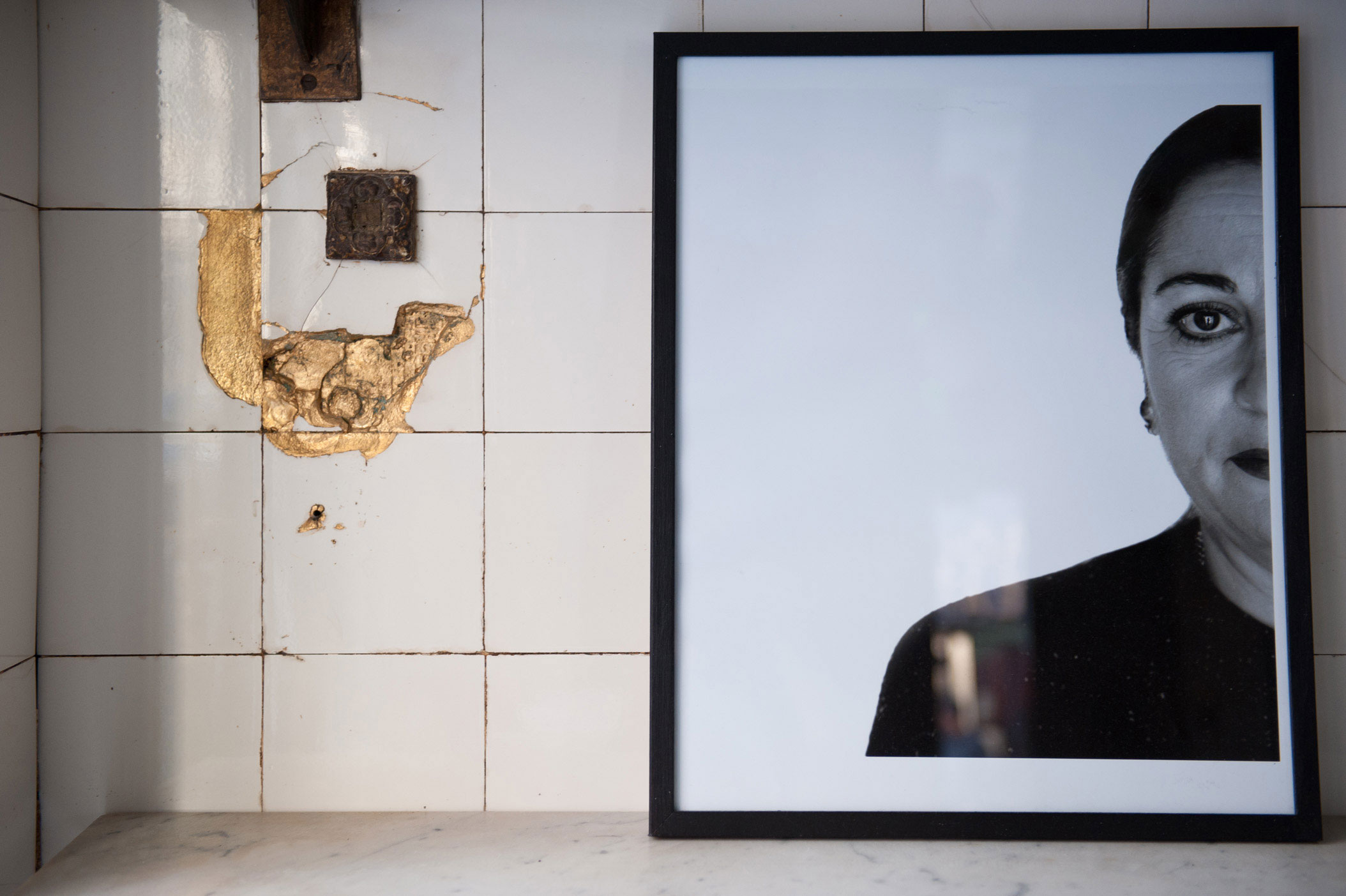
photo by Alexandre & Emilie {Persona production} for Yatzer.

















